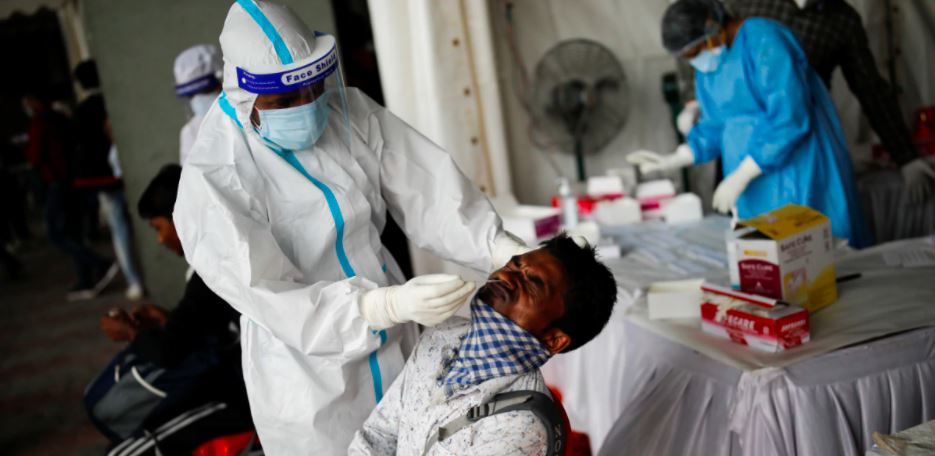Yesterday, India reported nearly three lakh cases of COVID-19 for the first time in the pandemic’s history. With no signs of the virus abetting, the barrier is expected to be breached in a day or two and the cases estimated to continue to grow. Amidst all this, Chief Economic Adviser (CEA) KV Subramanian on Tuesday whilst addressing a virtual event said the peak of the second wave of COVID-19 might be reached by the middle of the next month. Thus, the coming month or two are going to be extremely critical for India and its future.
“I am not an epidemiologist. I am just looking at it…I have read far more papers on epidemiology than on economics, but based on some very nice mathematical modelling of the Covid pandemic by IIT Kanpur and based on some of the research put out by ICMR etc, I am saying it’s likely that India’s second wave peak might be around mid-May,” said Subramanian.
He said his assessment on the peak is based on research done by various bodies, including the Indian Council of Medical Research (ICMR). While Subramanian may have played safe by not asserting on his data points, due to the obvious limitations of mathematical models, his numbers present a new perspective for the roadmap of the battle ahead.
While the peak may be reached by mid-May, the onus will lie upon the governments, central as well as states to steer the country towards normalcy. Metropolitans like Delhi and Mumbai are already in a state of curfew to arrest the slide.
Prime Minister Narendra Modi, in his address to the country yesterday assured that full-blown lockdown will not be imposed, which makes it all the more important that concerted efforts be put in so that the hardships of a lockdown like the last year can be avoided at all costs.
Phase three of the vaccination process is set to begin from May 1 in India where individuals above 18 will be inoculated. The centre has decentralised the entire process and given the states, authority to go about the vaccination business. Meaning, the states can purchase the vaccines directly from the manufacturers, in addition to receiving some from the centre and plan their strategy.
Thus, the coming two months would decide, if India would be able to manage to flatten the curve or the health infrastructure would crumble under the tremendous pressure of the swelling surge of the patients.
As far as the long-term impact of the fresh wave on the economy is concerned, the CEA assured that it should not be large as the Indian government has taken several steps to check production loss, especially by MSMEs.
“Capital expenditure-driven growth is far more likely to generate sustained growth because it leads to fiscal policy and monetary policy being in sync with each other rather than contrasting with each other,” he noted whilst adding, “There are a lot of fundamental aspects that have been put in place so that the impact of the pandemic is minimised to the largest extent”
Amidst the pall and gloom of the growing cases and thousands dying each day, one can only pray that the crest of this peak is attained at the earliest so that the downward descent can begin — towards normalcy in India.
